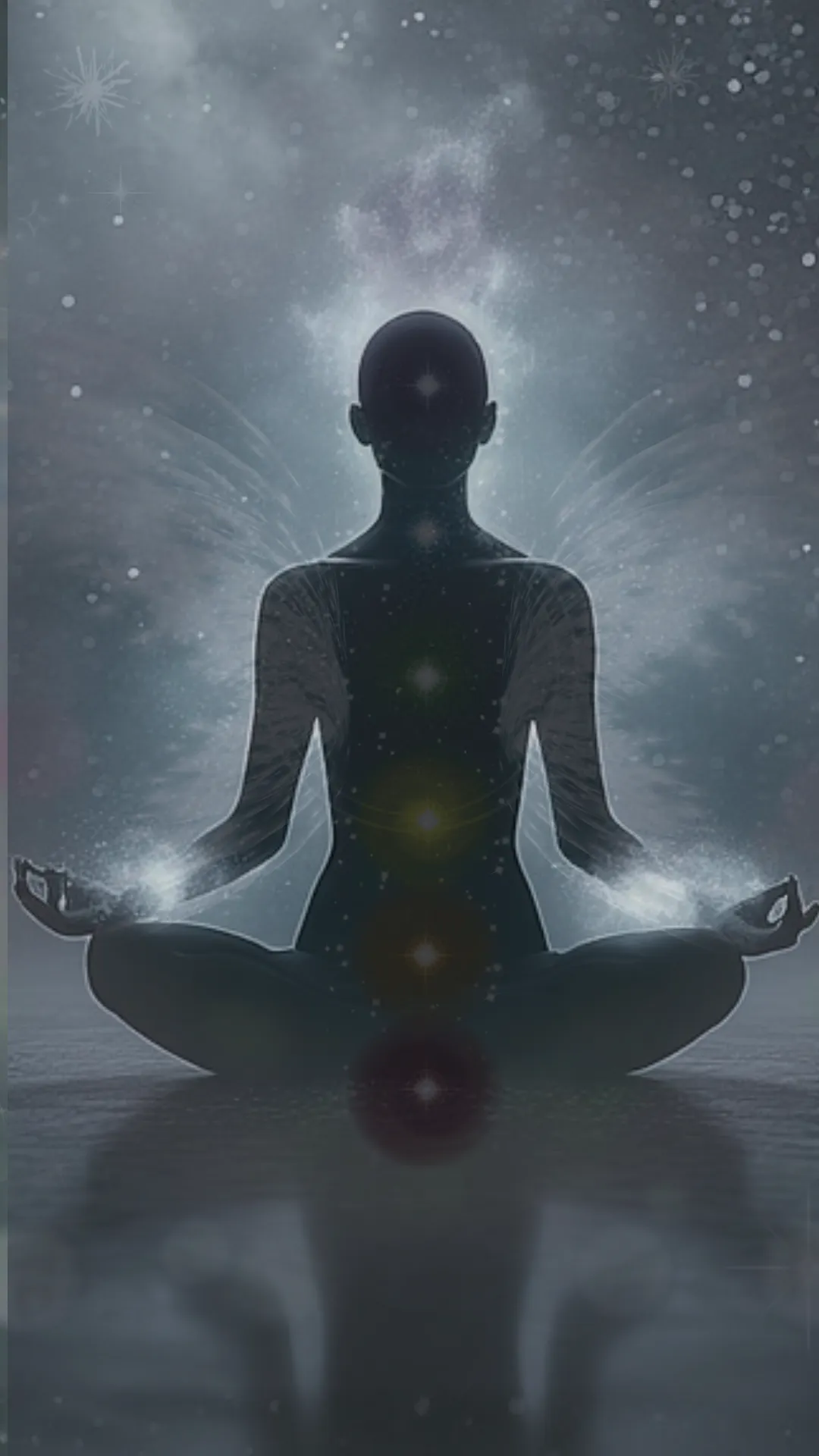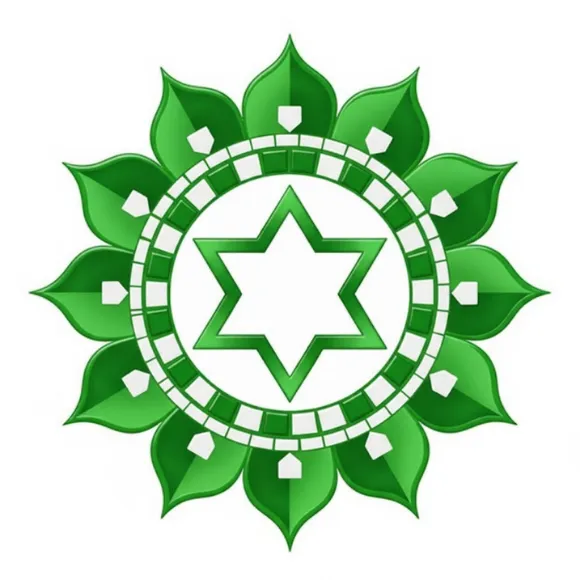The Chakra System
An ancient guide to the body's energy centers. Learn about the seven main chakras and use our targeted meditations and soundscapes to find balance, release blockages, and align your energy.


Heart Chakra
Anahata
Location: Center of the chest, over the heart
The Heart Chakra, or Anahata (meaning "unhurt" or "unstruck"), is the center of love, compassion, forgiveness, and connection. Associated with the element of **Air**, it acts as the bridge between the lower, physical chakras and the upper, spiritual chakras. It is where our physical and spiritual selves meet. ### When this chakra is balanced: You feel a deep sense of peace, empathy, and connection to yourself and all living beings. You can give and receive love freely and unconditionally. You practice forgiveness easily and maintain healthy, balanced relationships. You are filled with a sense of joy and gratitude. ### Signs of Imbalance: * **Underactive/Blocked:** Can lead to feelings of isolation, loneliness, social anxiety, fear of commitment, and an inability to trust others. You may be critical, defensive, and hold grudges. * **Overactive:** May manifest as jealousy, codependency, possessiveness, and a lack of personal boundaries, often giving too much of oneself away. ### Physical Associations: Physically, it is connected to the heart, lungs, circulatory system, and thymus gland. Issues like high blood pressure, asthma, and heart conditions can be related to imbalances in the Heart Chakra. ### How to Heal and Balance: * **Practice Gratitude:** Keep a gratitude journal or simply take time each day to acknowledge what you are thankful for. * **Acts of Kindness:** Perform small, random acts of kindness without expecting anything in return. * **Yoga:** Focus on heart-opening poses (backbends) like Camel Pose (Ustrasana) and Cobra Pose (Bhujangasana). * **Breathwork:** Deep, conscious breathing expands the chest and stimulates the Heart Chakra. * **Meditation:** Visualize a warm, radiant green light expanding from your heart center, filling your entire being and then extending out to the world. Chant the Beej Mantra "YAM". Our Loving-Kindness meditation is a perfect practice for this.